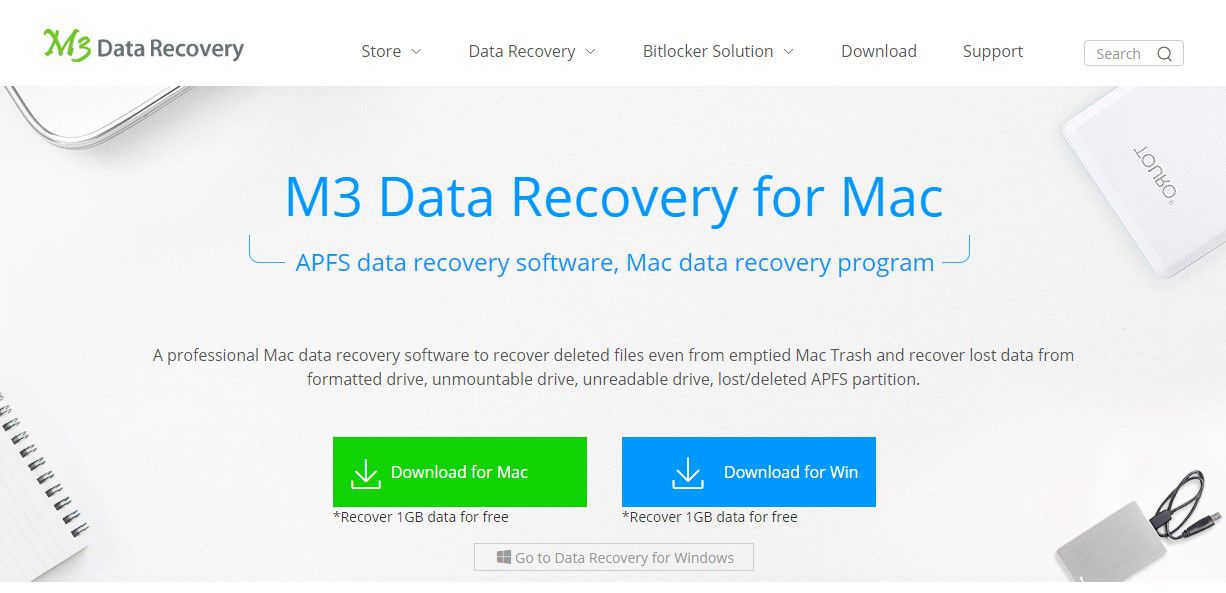

- #Recover secure empty trash mac how to
- #Recover secure empty trash mac free
- #Recover secure empty trash mac mac
- #Recover secure empty trash mac windows
To help you understand them, let’s take a closer look at the process of deleting files on Mac.
#Recover secure empty trash mac windows
Mac’s Trash can and Recycle Bin on Windows work quite similarly, but there are some minor differences you should keep in mind if you want to undo Recycle Bin or Trash. Windows has its own Trash can, called Recycle Bin. Moving files to the Trash can is convenient because you can easily get them back if you change your mind. Like its name suggests, its functionality mimics the functionality of a real-life trash bin.
#Recover secure empty trash mac mac
The Trash can on Mac is a special folder for deleted files.
#Recover secure empty trash mac how to

#Recover secure empty trash mac free
Why Does Your Disk Space Free Up After File Removal? However, even if you can’t find them, they still exist on your hard drive, at least for a little while. What that basically means is the underlying data in a file is dissociated/removed from the names and parent folders that used to lead to them, hence they don’t exist in a particular place, and OS X can’t identify them. Under the hood, only the file system links to files in the Trash are removed. It’s a general observation that when you click on “Empty,” you can no longer see the files, hence you think that they have been “deleted/erased.” In fact, they aren’t really gone. Here you can see everything you’ve moved to the Trash drag out files to recover them or click the “Empty” button. Whenever you click on the Trash icon present in your Dock, OS X opens the Trash folder. OS X simply moves the file(s) from their original location into a separate folder named “Trash” and found in your user directory “/.Trash.” No files are deleted, no entries are removed, and more importantly, no disk space is freed up. What Happens When You Delete a Fileįirst, let’s go into detail a bit regarding what happens when you click “Move To Trash.” That’s exactly what happens in the background OS X moves the selected file(s) to the Trash folder on your Mac.

We’ve previously mentioned Apple’s Filevault, which you can use to secure/encrypt your files, but if you find the need to delete your sensitive data, then you can follow any of the methods detailed below.


 0 kommentar(er)
0 kommentar(er)
